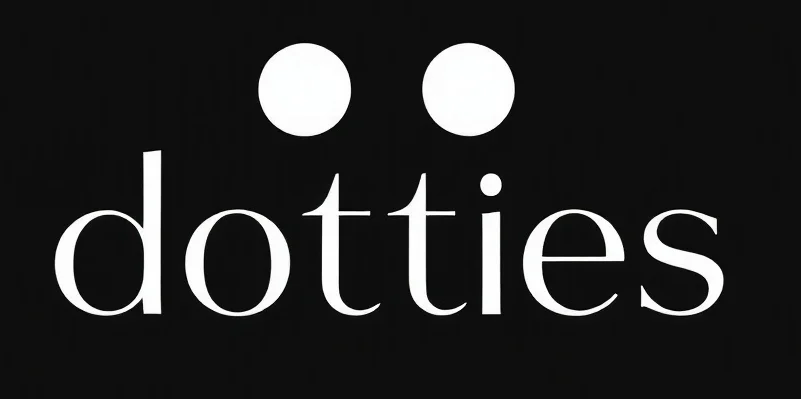Understanding Twitter Sentiment: The AI Intern’s Social Media Assignment
Imagine you’ve just hired an intern. They’re bright, eager to help, and you’ve assigned them the task of gauging the mood of the internet’s never-ending conversation on Twitter. That’s sentiment analysis in a nutshell. It’s a technology that’s often misunderstood, much like our intern. For a deeper dive, the twitter sentiment analysis article on Product Scope explores this in detail.
Why Sentiment Analysis Matters
Sentiment analysis is like a digital mood ring for your brand. It deciphers whether the chatter surrounding your brand, product, or even industry is glowing with praise, fuming with anger, or somewhere in between. But why does this matter? In a world where social media is a constant stream of consciousness, understanding the emotional tone is essential for brands wishing to stay relevant and responsive.
The Nuts and Bolts of Sentiment Analysis
At its core, sentiment analysis uses natural language processing (NLP) and machine learning algorithms to interpret and classify emotions in text. Think of it as our AI intern trying to make sense of sarcastic tweets or deciphering cryptic emoji-laden messages. It’s a complex task because humans are complex, and our language is filled with nuances, subtleties, and slang.
However, the AI intern isn’t perfect. It can stumble on sarcasm, just as it might struggle with idioms or cultural references. This is why human oversight remains crucial. The intern needs guidance, a mentor to help refine its understanding and improve its accuracy over time.
Real-World Applications of Sentiment Analysis
So, how do companies leverage this digital mood ring? Customer service teams can prioritize responses based on the sentiment of messages, addressing the most negative ones first to prevent potential PR disasters. Marketing teams can tailor campaigns based on the prevailing sentiments surrounding their brand, ensuring their message resonates with the audience’s current mood.
Furthermore, sentiment analysis can track brand reputation over time, providing insights into how public perception shifts in response to new products, services, or even crises. It’s like having a pulse on the collective heartbeat of your consumer base.
Challenges in Sentiment Analysis
Of course, the road isn’t always smooth. Sentiment analysis can be thrown off by sarcasm, irony, and context-dependent language. It’s one thing to understand if a tweet is positive or negative, but quite another to grasp the full context of a conversation. The AI intern may misinterpret a tweet that’s dripping with sarcasm as genuine praise or criticism.
Moreover, the diversity of language across different regions and cultures adds another layer of complexity. The intern needs continuous training and updates to understand these nuances better.
Actionable Recommendations for Business Leaders
So, how can businesses harness the power of sentiment analysis? First, treat your AI like the intern it is: a tool with potential that requires oversight. Regularly review the data it provides and be ready to step in where human intuition is needed.
Invest in training your AI with diverse datasets to better understand the nuances of language, particularly if you’re operating in multiple regions. Consider implementing a hybrid approach, where AI does the heavy lifting, but humans provide the critical thinking.
Finally, use sentiment analysis not just as a reactive tool but as a proactive strategy. By understanding the emotional trends in your industry, you can anticipate shifts in consumer attitudes and stay ahead of the curve.
Checkout ProductScope AI’s Studio (and get 200 free studio credits)

